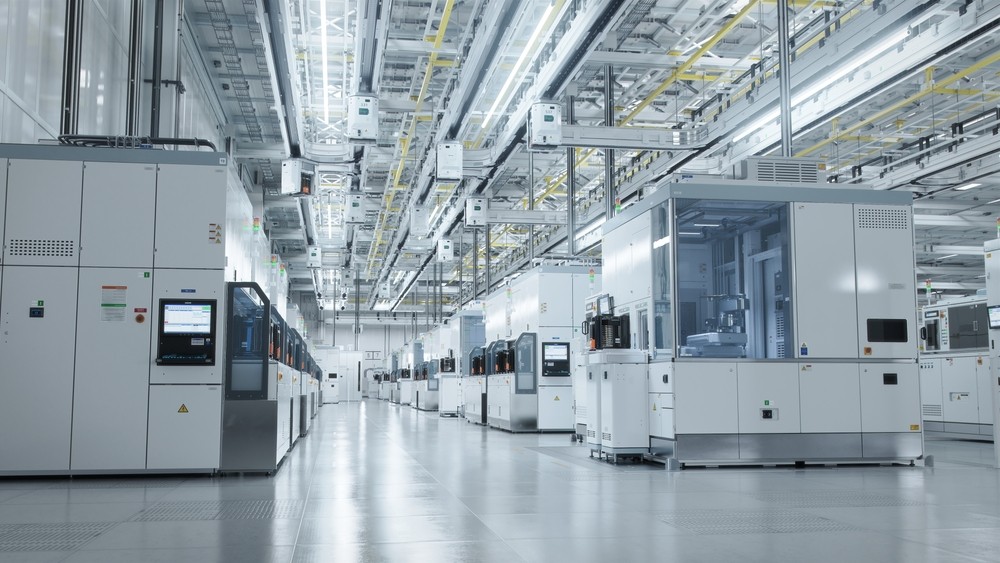What Are the Risks of Over-Automation?

Automation has been a core part of manufacturing since the earliest days of the Industrial Revolution. From Henry Ford’s revolutionary assembly line concept to the Lean methodologies developed by Toyota, repeatability, efficiency, and productivity have remained key drivers behind production — and automation encapsulates them all.
Now, with the rise of the Industrial Internet of Things (IIoT) and intelligent digital technologies, it’s easier to automate just about anything. It begs the question: Is there such a thing as over-automation?
Automating vs. over-automating
Automation has transformed the manufacturing landscape, unlocking everything from greater efficiency and productivity to safety and reliability. It’s not only improving product quality and speeding up production, it’s making it safer for people to do their jobs.
It’s clear automation can be a good thing. The real question is, when does it become too much of a good thing?
Automation demands intent. Automating to create specific efficiencies or to bring together efficient processes is good. Automating for the sake of automation is not. Without a goal and the means to measure improvement, manufacturers risk over-automation. This can exacerbate the problems automation is meant to address: inefficiencies, complications, obfuscations, and inaccuracies. And, unfortunately, it’s often easier to over-automate than it is to automate with intent.

The dangers of too much automation
Over-automation tends to marry technological complexities with fundamental problems. If the process you’re trying to automate isn’t efficient, the result is likely to magnify this inefficiency — or worse, trick you into believing you’ve fixed it. Some of the key dangers in automating without a clear understanding of the situation include:
- Automating poor processes or poorly automating
- Automating to the point of obfuscation
- Automating something that shouldn’t be automated
- Overlooking how automations integrate with each other
- Creating inefficiencies within legacy processes
Remember, automation isn’t a panacea. Manufacturers must understand that automation doesn’t fix problems; it helps create efficiencies. It can be part of the solution, but only to reinforce a fundamental way of addressing the problem. Above all, manufacturers can’t treat automation as a “set-it-and-forget-it” technology. It’s not a one-and-done solution. The manufacturing environment is constantly in flux, which means automations must evolve in tandem with changing variables.

Learn to automate with intent
Forward-thinking manufacturing managers must approach automation with forethought and take a macro approach to the situation. Instead of simplifying and automating a single task, the goal of automating any process should be to broadly improve factory operations in the long term.
Ultimately, any automation must have a net positive. It must enable faster completion of tasks with fewer errors, at a lower cost. Manufacturers need to determine exactly what this looks like before they start automating. Without proper forethought and intent, they risk sinking time, money, and energy into a solution that may not even be necessary in the first place.
